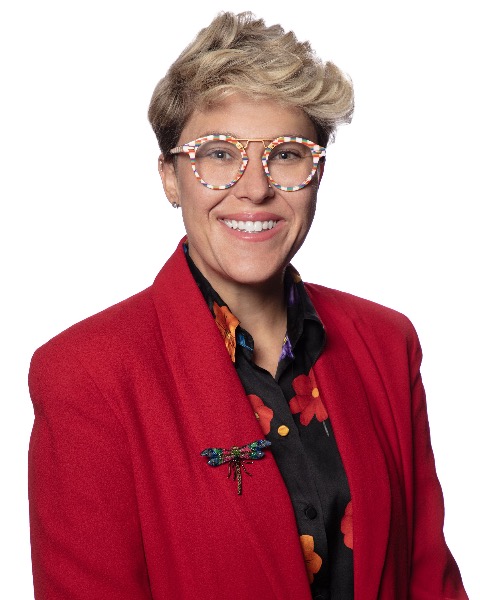Palliative Care
Session: Palliative Care
432 - Pediatric Palliative Care and Integrative Medicine: Results of a Novel Consultation Service
Sunday, April 27, 2025
8:30am - 10:45am HST
Publication Number: 432.6200
Kenneth M. Busby, Stanford University School of Medicine, MENLO PARK, CA, United States; Justin Baker, Stanford University School of Medicine, Half Moon Bay, CA, United States; John Mark, Lucile Packard Children's Hospital Stanford, Palo Alto, CA, United States; Brenda Golianu, Stanford University School of Medicine, Stanford, CA, United States; Alexis Morvant, Stanford University School of Medicine, Palo Alto, CA, United States; Ann Ming Yeh, Stanford University School of Medicine, Palo Alto, CA, United States

Alexis Morvant, MD, MA (she/her/hers)
Director Pediatric Palliative Care
Stanford University School of Medicine
Palo Alto, California, United States
Presenting Author(s)
Background: Pediatric Palliative Care (PPC) is a field which focuses on increasing quality of life to support children who have a life-limiting illness. Pediatric Integrative Medicine (PIM) uses appropriate conventional and complementary therapies to expand treatment options for children. Studies indicate that parents of hospitalized children desire increased access to PIM. PIM inpatient consultations have improved parent-reported patient anxiety and pain.
Objective: This study describes the results of a pilot single-center PIM consultation service to assist in the establishment of a PIM inpatient consultation service.
Design/Methods: A retrospective single-center chart review was conducted in the electronic medical record for referrals to inpatient integrative medicine consultation between January 2024 and October 2024. Referrals were categorized as either coming from PPC service or another pediatric service. Patient age, gender, reason for consult, underlying diagnosis, number of patient encounters, number of integrative modalities, and type of integrative modality was recorded. PIM interventions were categorized as mind-body, biochemical, biomechanical, and caregiver support.
Results: Two PIM MD’s performed 37 PIM consults (mean age 12.8 years; 48.6% female, 45.9% male, and 5.4% non-binary). 81.1% of consultations were a result of PPC referral. Of the remaining referrals, 71.4% were through the Pediatric Oncology service, and 14.3% each referred from General Pediatrics and Pediatric Rheumatology. PIM encounters per patient ranged from 1-19 (mean 2.8, median 1). The primary reason for consult was non-pharmacologic pain management (70.3%), followed by nausea (10.8%), and comfort (8.1%). Primary patient diagnoses included oncologic (35.1%), cardiac (24.3%), and neurologic (13.5%). Four consultations were with the parent only. Patients were offered multiple modalities, with a mean of 3.6 modalities (median 3). Of 114 modalities offered to the 37 patients, 53.5% were biomechanical, 35.1% were mind-body, and 7.9% were caregiver support.
Conclusion(s): This pilot PPC PIM consultation service has increased access to PIM consultations with high referral rates for non-pharmacologic approaches to pain and nausea. Although initial consults focused on palliative care patients, results indicate a demand for integrative therapies outside of the palliative care patient population. This study demonstrates successful utilization of multiple mind-body and biomechanical interventions in hospitalized children. Future directions will qualitatively assess efficacy and quantitatively assess patient, parent, and provider perspectives.

